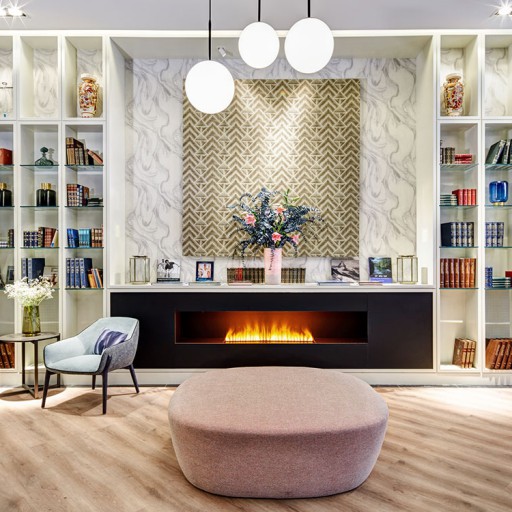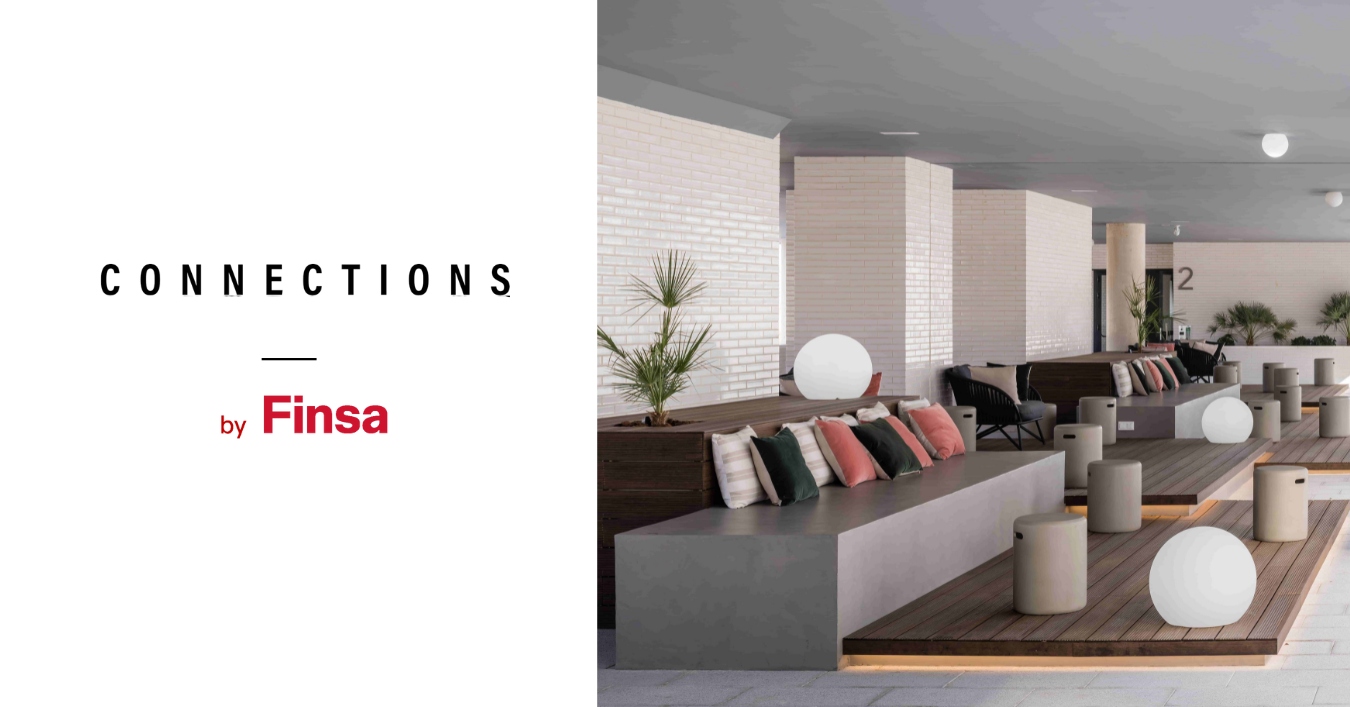How is the initiative promoting a green, sustainable, and inclusive Europe, the New European Bauhaus (NEB), progressing? In 2020, Ursula von der Leyen, President of the European Commission, launched this new urban model, and we want to share its advances with you in Connections by Finsa.
Small but significant steps towards a greener Europe
Carlos Naya, director of the School of Architecture at the University of Navarra, was one of the winners of the NEB awards in 2021 with the School of Architecture’s Design Degree. In his opinion, “the advances are somewhat difficult to follow because there are quite a few proposals, and it takes time to stay updated”. He clarifies that in the architecture and interior design sector, the NEB is known, but there is still a need to engage professionals in science, a key field in sustainability and environmental issues.
Ver esta publicación en Instagram
European Commission initiatives within the NEB framework
Beyond the various examples that have emerged across Europe in response to von der Leyen’s call, the European Commission itself has not let its project fade. Here are some initiatives they have launched in recent months:
New European Bauhaus Academy
In 2022, the creation of the New European Bauhaus Academy (NEBAcademy) was announced. According to the website dedicated to the NEB by the General Secretariat of Urban Agenda, Housing, and Architecture, it is “a European network to promote and train new skills and knowledge at all levels of the construction sector”. At the end of 2023, the New European Bauhaus Academy Alliance was also launched, which “will ensure that high-quality training for higher education and vocational training is available and provided to as many workers as possible throughout Europe and surrounding regions”.
EU Mission
In July 2023, the European Commission announced a new mission on the NEB. EU missions, within the Horizon Europe program, set objectives with deadlines. Their purposes include mobilizing public and private agents to achieve the desired change and impact. This new mission focused on the NEB aims, through collaboration with people, “to achieve greater social acceptance of Green Deal policies, promoting societal adoption of green solutions and encouraging the necessary behavior changes to meet the Green Deal goals”, as explained on the website.
NEB for the reconstruction of Ukraine
The original Bauhaus, born in a post-war context, was used especially for the reconstruction of some European cities. Today, Ukraine also needs that hope for the future. In this context, in April 2023, a call for projects aimed at this purpose was launched, with a holistic and sustainable approach. It should also include innovative and effective solutions and support for the rapid reconstruction of damaged or destroyed infrastructure and facilities.
European Bauhaus Festival
In addition to the NEB awards, which since 2021 have honored and given visibility to projects that exemplify the values of sustainability, aesthetics, and inclusion, a festival was added in 2023. It is an event where, with discussion panels, exhibitions, artistic performances, and, of course, the awards ceremony, people from around the world are brought together to share their vision and actions for achieving a sustainable, beautiful, and inclusive future. The 2024 edition was held in April.
Award-winning projects in 2024
One way to see how the New European Bauhaus is progressing and how it is manifesting in real projects is to review the initiatives that have been awarded (the purpose of the awards is also to give visibility to these actions). Here are the winners in the “New European Bauhaus Champions” category (for those already completed and with positive results) in the various categories:
Reconnecting with Nature: Făget Forest Park; the green lung of Cluj (Romania)
“The project involved co-designing and testing an integrated management and operation plan for the Faget Forest Park, Romania, which is the largest planted area near the municipality of Cluj-Napoca, as well as a Natura 2000 site and a popular recreational destination for residents”, according to the New European Bauhaus website. To make it a multifunctional park, considerations included nature protection and biodiversity conservation; climate change mitigation and regional climate regulation; as well as recreational and tourist activities.
Ver esta publicación en Instagram
Recovering a sense of belonging: SET Community Garden and Center (Amsterdam, Netherlands)
Since 2021, the SET public space, located in a disadvantaged neighborhood of the Dutch capital, has been transformed into a permaculture garden and community center. Its objective is “to provide a safe and accessible public space for the local population to reconnect with nature and unite intergenerational communities from diverse sociocultural backgrounds”.
Ver esta publicación en Instagram
Prioritizing places and people most in need: Rooftop gardens (Barcelona)
The Barcelona project, promoted by the city council since 2016, seeks the inclusion of people with disabilities through horticulture. For this purpose, urban gardens were installed on the rooftops of municipal buildings and cultivated by this group.
Ver esta publicación en Instagram
Shaping a circular industrial ecosystem and supporting the life cycle concept: revitalization of Michel Lucius High School: A sustainable campus transformation (Luxembourg)
The Michel Lucius High School, in the city of Luxembourg, is a complex formed by different wings built at different times. The result was somewhat chaotic, without a common central space. Through three minimally invasive actions that prioritized the conservation of existing structures (the conversion of a 30-year-old modular wooden classroom structure into a library and youth center; the deconstruction of a 1970s wing, carefully recovering as much material as possible for reuse; and the remodeling of the school’s central courtyard), the quality of life for students is being improved.
Ver esta publicación en Instagram
Reconstruction of Ukraine: Nad Dzherelom. Unyielding Mothers recreational area
“The project involved transforming a recreational area into a public space aimed at integrating internally displaced persons with the local community, promoting the mental recovery of those affected while preserving the ecosystem and biodiversity”, according to the NEB website. “The transformation of the site shows how built environments and renovated or regenerated public spaces can contribute to the protection, restoration, or regeneration of natural ecosystems and biodiversity”.
Were you aware of these advances in the New European Bauhaus? Tell us on social media using the hashtag #ConnectionsByFinsa and connect with architecture and interior design professionals.



 (@_lili_was_here_)
(@_lili_was_here_)

